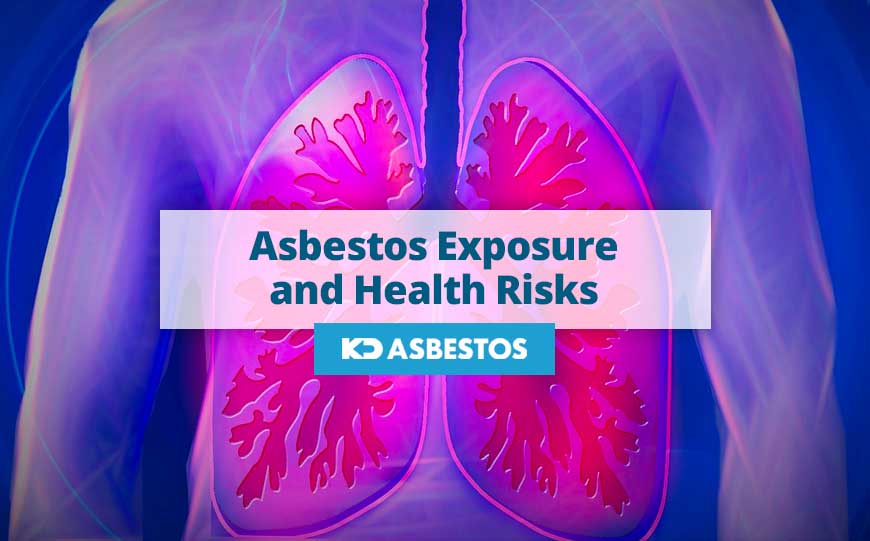
Asbestos exposure over prolonged periods carries extreme health risks.
Even though asbestos was banned several years ago, it is still present in many materials.
Whilst the chances of exposure to asbestos nowadays is very slim, for certain professions and tasks, the risks are still very real.
Let’s dig deeper to discover why this once widely used mineral is very dangerous to your health.
Table of Contents
What is Asbestos?
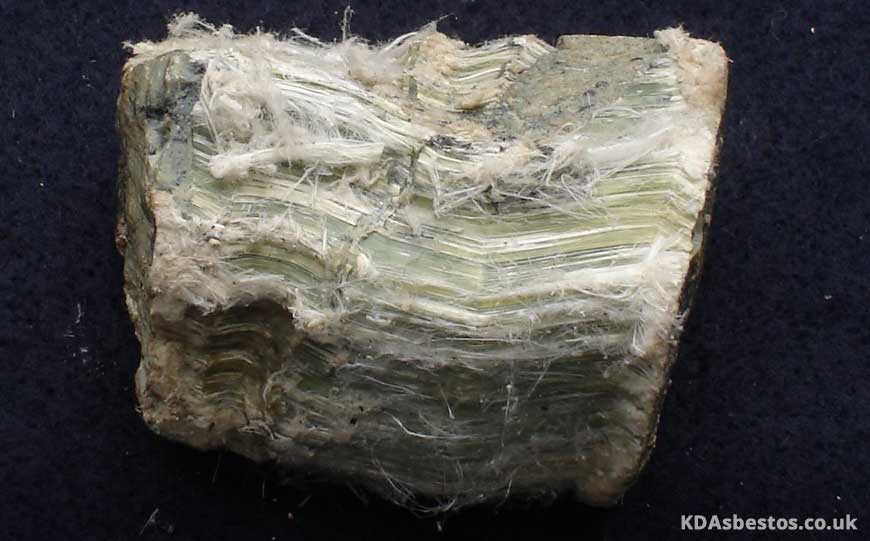
Image source: Wikipedia
Asbestos is a naturally occurring mineral mined from quarries, which unfortunately can cause various life threatening illnesses.
Despite the fact that asbestos use was banned quite a while ago, it is still widely present in different forms.
It contains six types of minerals which are made up of fibres that can be separated into thin threads.
Such threads are durable and have the attributes of heat, chemical and fire resistance.
This is why asbestos was widely used in various applications for several years.
Asbestos minerals are divided in two categories, namely serpentine asbestos and amphibole asbestos.
The former includes the mineral chrysolite.
This has long and curly fibres, and was widely used in commercial applications.
On the other hand, amphibole asbestos comprises five different minerals.
They being actinolite, crocidolite, amosite, tremolite and anthophyllite.
In this case the fibres are straight and brittle.
In fact they are often described to be like needles.
Due to this they are more limited in the way in which they can be fabricated.
Nonetheless they were still used in various ways.
Why is Asbestos Dangerous to Health?
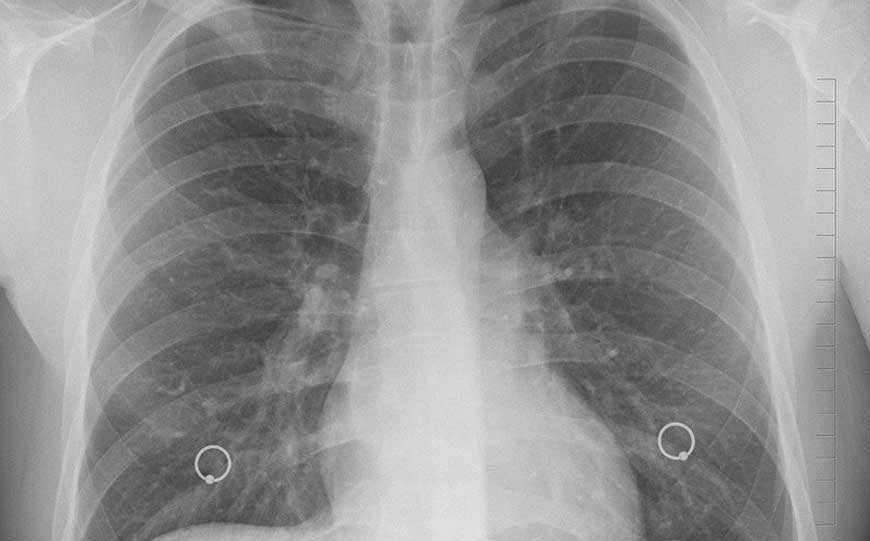
Image source: Pixabay
Asbestos is very dangerous.
Should one be exposed to asbestos fibres, either by inhalation or ingestion, serious symptoms and diseases can result.
Some of these include mesothelioma, asbestosis and lung cancer.
Potential health problems occur when the asbestos containing materials get damaged or disturbed, thus releasing these fibres into the air.
If asbestos fibres becoming airborne, there’s a high probability of inhalation or ingestion.
Fibres become embedded in bodily tissue and cannot be removed from the body.
Over time considerable irritation and scarring occurs, leading to negative health effects, as well as cancers.
Some cancers caused by asbestos exposure include pleural mesothelioma, peritoneal mesothelioma, lung cancer, laryngeal cancer and ovarian cancer.
There’s also a range of non-cancerous conditions that can be caused by asbestos exposure, which are just as serious.
Some of these include asbestosis, pleural plagues, pleural effusion and pleural thickening.
The amount and duration of asbestos exposure has a direct impact on the risk of such asbestos-related diseases developing.
The truth is that there is no safe level of asbestos exposure.
Even short-term exposure presents risks.
Hence, repeated instances of relatively short-term exposure to asbestos is still unsafe.
Inevitably, long-term asbestos exposure is much more likely to lead to asbestos related diseases developing.
How Does Asbestos Exposure Happen?
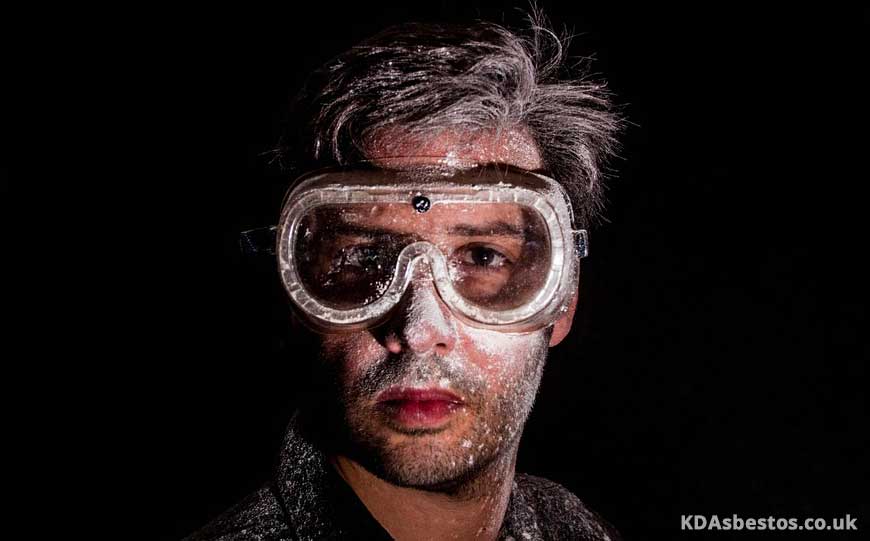
Image source: Pixabay
Asbestos exposure may occur in various places.
This could be at one’s workplace, school, or even in the home.
However, the most common cases of asbestos exposure take place at the place of work.
Sadly there have been numerous cases of workers who were exposed consistently to asbestos while on the job.
However, secondhand exposure is also an issue.
Secondary exposure takes place when a person who works around asbestos containing materials ends up bringing this mineral at home.
An example being when the fibres lodge themselves in this worker’s clothes or hair.
The inhalation of such transferred fibres is still dangerous.
Asbestos exposure could also occur from household products and items which may contain asbestos.
This includes damaged asbestos containing materials in old homes and buildings.
Asbestos was in fact widely used in various construction materials, insulation, and even automotive parts.
Nonetheless the most serious cases of asbestos exposure are generally occupational.
Workers who were sadly exposed to asbestos include construction workers, demolition workers, shipyard workers, automobile workers and factory workers.
Health hazards as a result of exposure to asbestos fibres have been recognised in such workers.
Typically, they were exposed to them on a regular basis, or ended up being in direct contact with the material during their work or through considerable environmental contact.
Where Does Asbestos Exposure Occur?
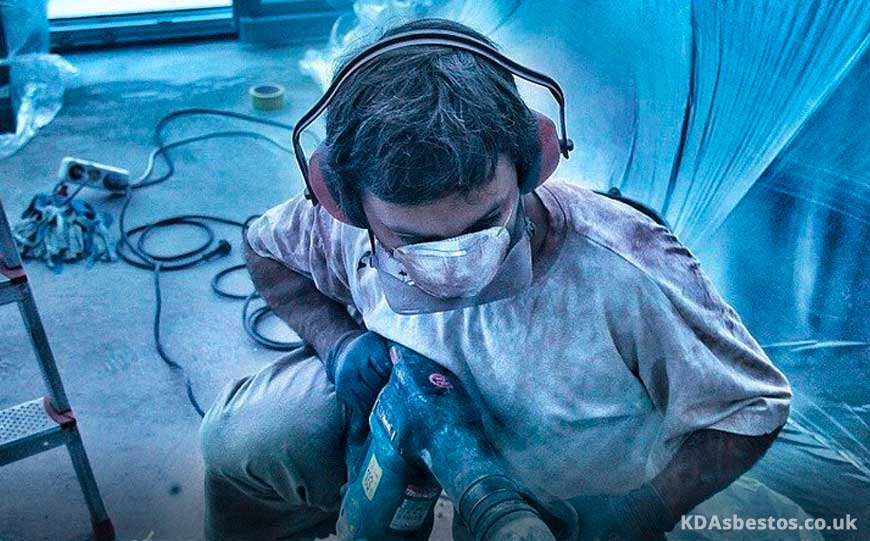
Image source: Pixabay
Asbestos exposure can occur at the workplace, as well as in the community or in homes.
While there is no real danger unless asbestos containing products are disturbed, it is still important to be careful.
Asbestos Containing Products
Asbestos was used in various kinds of products over the years.
Asbestos was used for ceiling tiles and floor tiles, paint, cement, drywall, roofing, adhesives and insulation.
Hence, for relatively older buildings, or for renovations which were carried out prior to the ban of asbestos, there is a rather high probability that there could be asbestos containing products or materials present.
Asbestos was also used in the automotive industry
Automotive parts such as brakes, clutch pads, spark plugs and mufflers could have contained asbestos.
In the shipbuilding industry, asbestos was used to insulate boilers as well as in steam and hot water pipes.
Asbestos was also used in vermiculite-containing products, talcum poweder, plastics and crayons.
Occupations Exposed to Asbestos
There are numerous occupations which unfortunately, put millions of people at risk of asbestos exposure over the years.
Some occupations which were exposed to asbestos include those in metal works, shipyards, mining, construction work, chemical plants and power plants.
Military workers were also at risk of exposure as many buildings on military bases were often made from asbestos containing products.
Moreover, occupations such as auto mechanics, electricians and firefighters are still at risk.
Environmental Exposure
Environmental exposure to asbestos takes place when the asbestos fibres are released in the air.
This can take place in various ways, including:
- Following a disturbance of a natural asbestos deposit
- From mining operations,
- When processing asbestos ore
- Following natural disasters like hurricanes and earthquakes
According to studies, while occupational asbestos exposure declined considerably in recent years, there has been a rise in environmental exposure to asbestos, particularly in certain areas.
Nearby Asbestos Operations
When asbestos is present on job sites, it is quite common for the air outside to become contaminated with airborne dust.
Hence, there are risks associated with nearby asbestos operations.
People living in close proximity to such sites end up facing environmental exposure.
Research shows that even short term asbestos exposure could cause mesothelioma.
This applies to both people who were directly exposed to asbestos on the job, as well as those who were exposed to it through secondhand exposure.
Moreover, people who lived close to naturally occurring asbestos deposits were also found to be at risk.
Hence, secondary exposure or indirect exposure is practically as dangerous as first hand exposure to asbestos.
Asbestos Exposure Health Risks

Image source: Pexels
The real danger lies when asbestos fibres are released into the air.
These fibres are microscopic and as a result, can be inhaled or swallowed very easily.
Once this happens, they become trapped in the body’s respiratory or digestive tract.
Unfortunately, the human body is only able to get rid of a very trace amount of asbestos fibres.
The majority of the fibres will remain stuck permanently.
Hence, no level of asbestos exposure can be deemed to be safe.
Most health problems start becoming evident after several years of repeated, long-term exposure.
This is due to the fact that the asbestos fibres would have accumulated in the human tissue, caused inflammation as well as DNA damage over the years.
This serious damage causes various cellular changes, which can lead to four types of cancer as well as various other diseases, mainly pulmonary conditions:
- Mesothelioma – this is an incurable type of cancer which develops in the lining of the lungs or abdomen.
- Lung cancer – around 4% of all lung cancer cases are a direct result of asbestos exposure.
- Ovarian cancer.
- Laryngeal cancer.
- Asbestosis – this includes the inflammation and scarring of the lung tissue. As a result the lungs are not allowed to expand and relax normally.
- Pleural plaques – the lining around the lungs thickens considerably.
- Pleural effusion – this refers to the buildup of fluid around the lungs, resulting in breathing problems.
- Diffuse pleural thickening – this is a condition whereby there is extensive scarring which thickens the pleural lining of the lungs. This results in breathing issues as well as chest pain.
- Pleurisy – severe inflammation of the pleural lining.
- Atelectasis – due to inflammation and scarring, the pleural lining ends up folding in on itself. Consequently, the lungs underinflate.
Signs of Asbestos Exposure

Image source: Pexels
The symptoms of asbestos diseases are numerous, and they can vary in their severity.
However some of the most common signs of asbestos exposure include the following:
- Shortness of breath
- Breathing issues
- Chest pain
- Coughing
- Wheezing
- Fluid buildup
- Difficulty swallowing
- Abdominal pain
- Fatigue and muscle weakness
- Loss of appetite
- Unexplained weight loss
Symptoms can take anywhere between 10 and 50 years to develop, following asbestos exposure.
Indeed, early on signs are difficult to detect, or often attributed to more common conditions.
Protecting Yourself from Asbestos Exposure
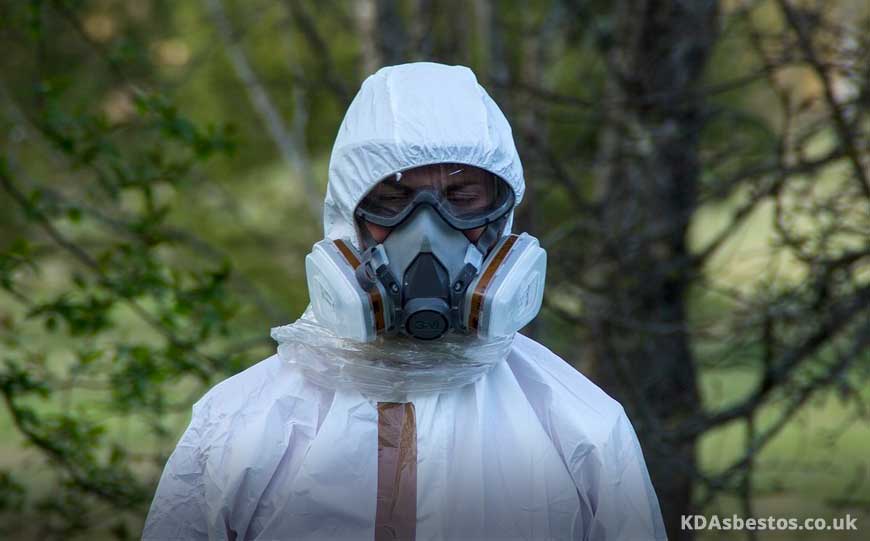
Image source: Pixabay
Considering how dangerous asbestos exposure is, it is critical to avoid exposure, as well as be aware of possible exposure risks.
Workers who are concerned about the possibility of asbestos exposure at their workplace should make sure to discuss this with fellow workers as well as their employee health and safety representative.
Such concerns should also be discussed with the employer, and if necessary there should be inspections carried out.
There are organisations which are committed to educate workers as well as the general public about this carcinogen, and its risks.
One should be aware of this, as they offer helpful information on how to prevent asbestos exposure.
Knowledge of the prevalent rules and laws in this regard is also highly recommended.
It is of utmost importance to avoid trying to handle asbestos containing materials yourself.
Always have an asbestos removal specialist deal with such a job.
They have the expertise required to conduct a thorough asbestos survey and to safely remove and dispose of any materials found to contain asbestos.
They will also be aware of the pertaining laws.
Should you be concerned about the possibility of having been exposed to asbestos, it is important to talk with a doctor and make sure to undergo regular checkups.
The more familiar the doctor is with your medical history, the more likely that he will be able to notice any asbestos exposure symptoms.
Conclusion
Since asbestos was widely used in commercial, industrial as well as domestic products, it is still present, despite having been banned several years ago.
Hence it is very important to be aware of its dangers, and to be very cautious as exposure could occur quite easily.
If you believe you have asbestos present in any building you own or use, get in touch with a specialist asbestos contractor immediately.
They can carry out checks and test any suspect materials to determine if asbestos is present or not.